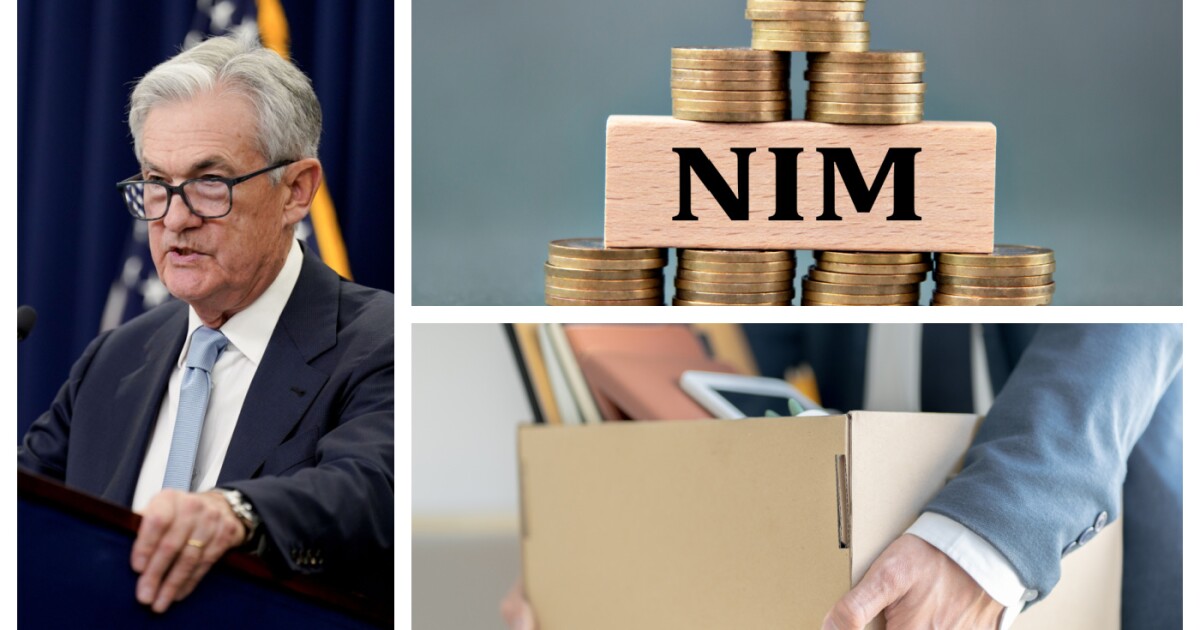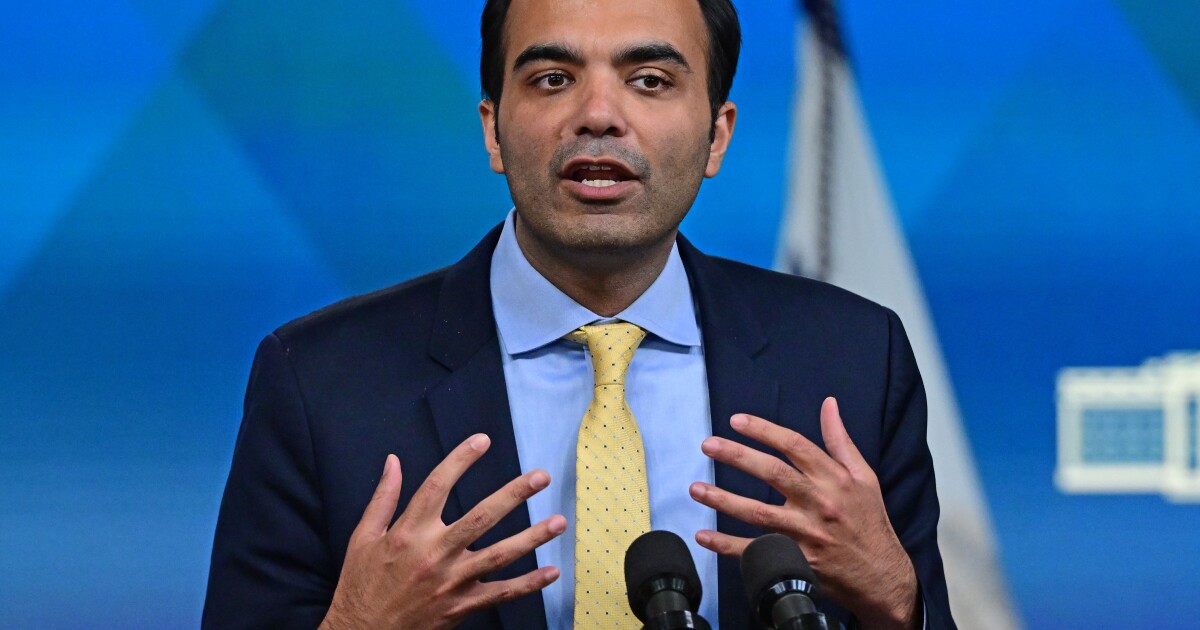
Banks had a bumpier ride than expected last year, but many analysts see brighter times ahead for the industry as the Federal Reserve weighs interest rate cuts.
High interest rates were a major factor behind banks' troubles in 2023, as they were forced to pay depositors higher rates and turn to more expensive funding backstops during
Bankers expect some lingering pain this year from what proved to be a year of heavy deposit competition. But if deposits were the major issue in 2023, the
What's certain is some borrowers are likely to default on their loans. High interest rates, lower cash buffers and perhaps slowing demand has made it a bit harder for bank customers to repay their obligations. Credit card charge-offs are back near their pre-pandemic levels, commercial borrowers are beginning to see stress, and worries remain over banks' commercial real estate loans.
But the U.S. economy has consistently defied recession forecasts, making it more likely that loan defaults will stay contained. Markets are increasingly optimistic that the Fed can achieve an elusive "soft landing," where a rate hike cycle doesn't end up crashing the economy. The last time that happened: the mid-1990s under then-Fed Chairman Alan Greenspan.
Bank stocks boomed in 1995 as the economy remained on track — and banks' loan books remained healthy, unlike in the recessions of 2001 and 2008.
Gerard Cassidy, an RBC Capital Markets analyst, wrote in a note to clients that he expects some bank loans to go sour this year but that the deterioration should be "quite gradual and manageable."
"As investors become more comfortable with the credit outlook as banks successfully manage through it, we believe the banks should be able to outperform the broader market similar to 1995," Cassidy wrote.
Bank stocks rallied last month over that optimism, but a few analysts are a bit more skeptical. Banks were a major beneficiary of the mid-1990s boom, which fueled strong loan growth of 7%, wrote Erika Najarian, an analyst at UBS. But today, the rise in nonbank lenders means banks will have a smaller role, she wrote, and the effects of a decade of ultralow rates followed by rapid rate hikes remain unclear.
"We are unsure that the pre-conditions for a soft landing are as strong as they were in the mid-'90s," Najarian wrote in a note to clients.
Soft landing or not, here are some key trends to watch in bank earnings next year.



